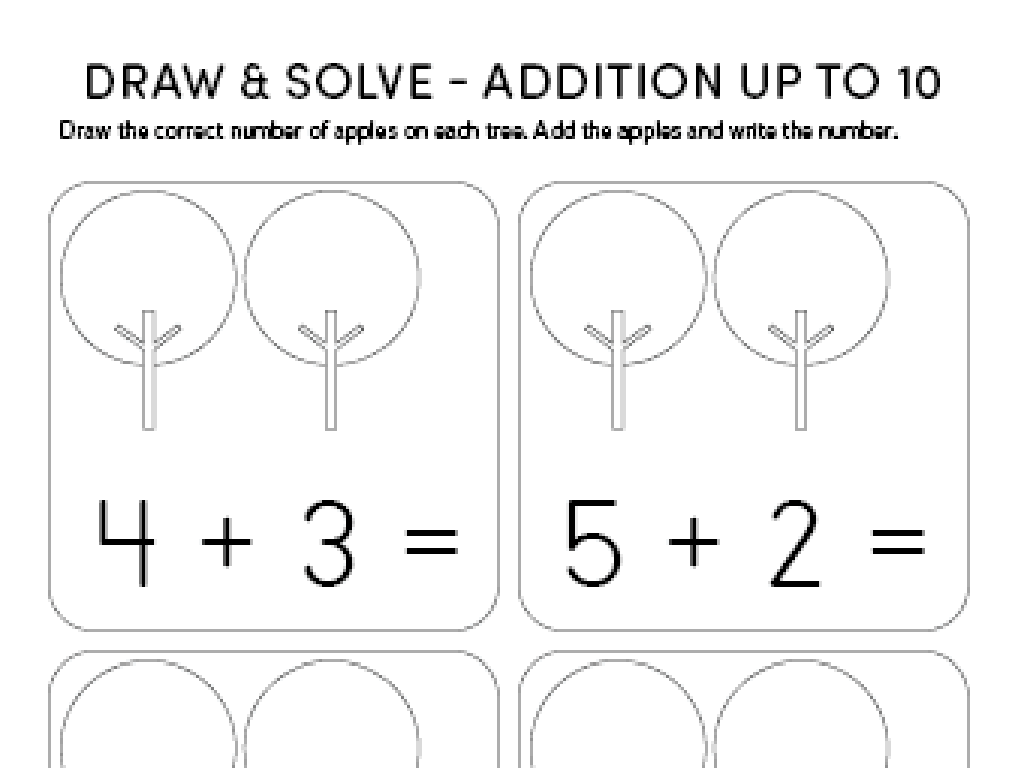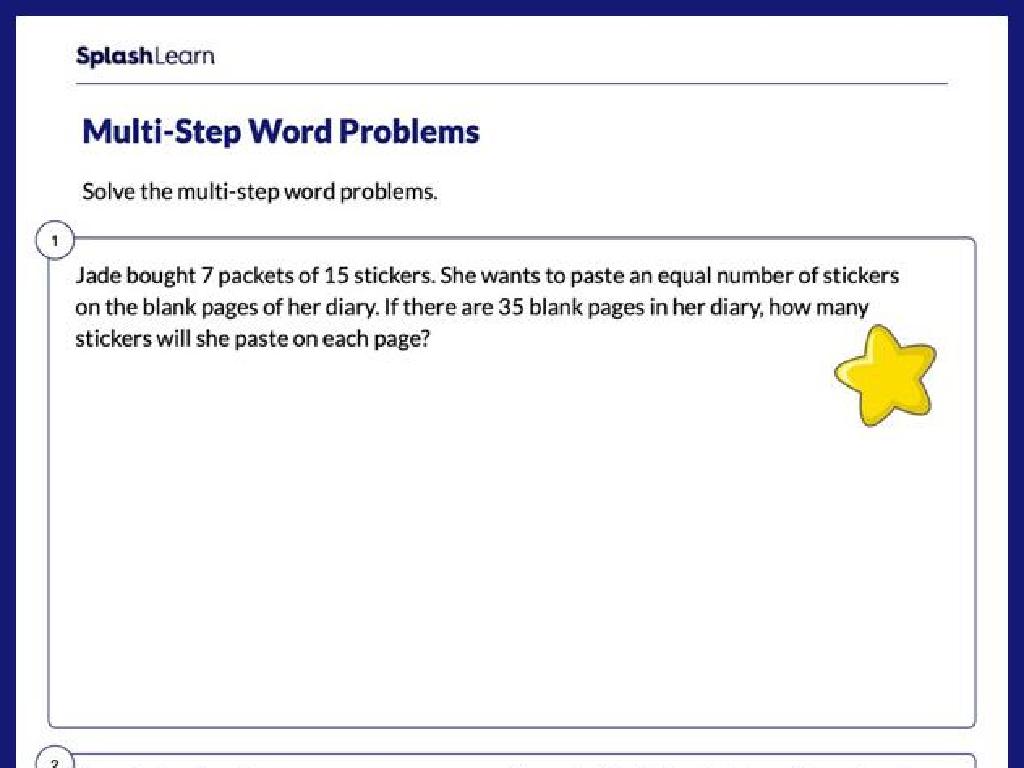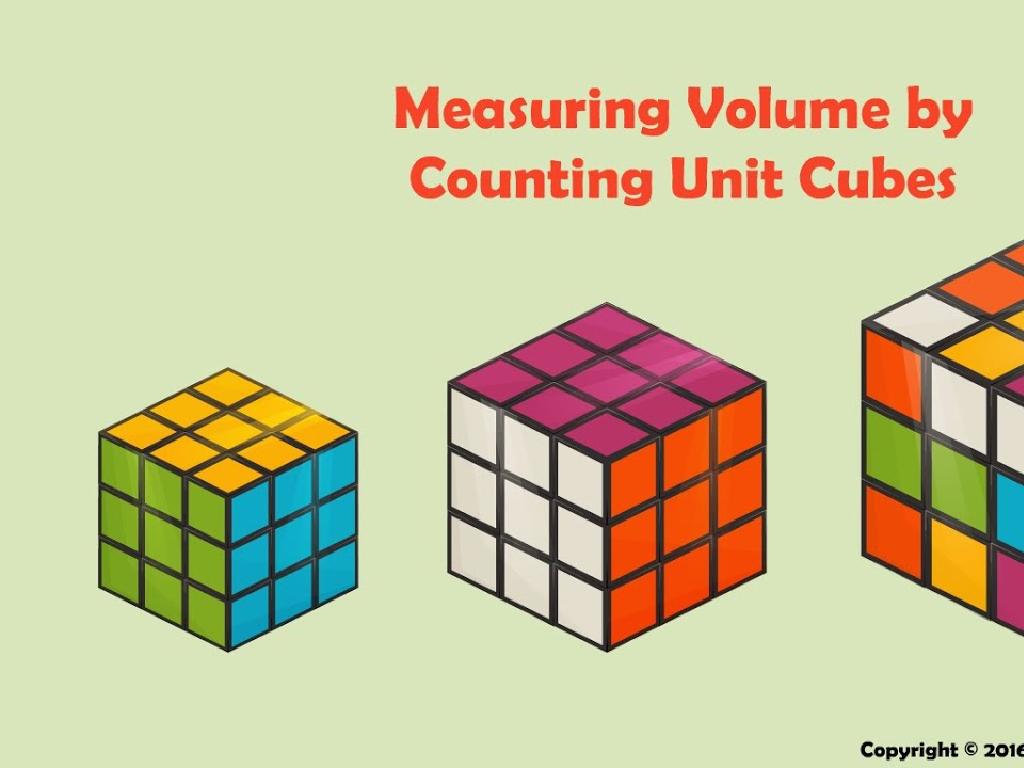Is It A Complete Sentence, A Fragment, Or A Run-On?
Subject: Language arts
Grade: Third grade
Topic: Sentences, Fragments, And Run-Ons
Please LOG IN to download the presentation. Access is available to registered users only.
View More Content
Today’s Adventure: Sentences, Fragments, and Run-ons!
– What makes a complete sentence?
– A complete sentence has a subject, verb, and expresses a complete thought.
– Spotting sentence fragments
– Fragments are incomplete; they’re missing a subject, verb, or an idea.
– Recognizing run-on sentences
– Run-ons are too long and need to be broken up into separate sentences.
– Why differences matter
– Understanding helps us communicate clearly and effectively.
|
This slide introduces the concept of complete sentences, fragments, and run-on sentences. It’s crucial for students to grasp these basics to build strong writing skills. Start by explaining that a complete sentence must have a subject (who or what the sentence is about) and a predicate (what the subject is doing), and it must express a full idea. Then, discuss how fragments are like puzzle pieces that are missing parts and don’t make sense on their own. For run-ons, use the analogy of a train that’s too long and needs to be split into shorter trains to run smoothly. Emphasize that knowing the difference is important for clear communication. Activities can include identifying sentence types in a worksheet, creating their own examples, and peer-review exercises.
Exploring Complete Sentences
– What’s a complete sentence?
– Must have a subject and predicate
– Subject does the action, predicate tells about the action
– It shows a full thought
– Like a story with a clear ending!
– Example: The cat sleeps on the mat
– ‘The cat’ is the subject, ‘sleeps on the mat’ is the predicate
|
This slide introduces the concept of a complete sentence to third-grade students. Begin by explaining that a sentence is like a complete thought, just like a story with a beginning and an end. Emphasize that every sentence needs a subject, which is who or what the sentence is about, and a predicate, which tells us what the subject is doing. Use the example ‘The cat sleeps on the mat’ to illustrate these parts: ‘The cat’ is the subject, and ‘sleeps on the mat’ is the predicate. Encourage students to think of their own examples and to identify the subject and predicate in each one.
Understanding Sentence Fragments
– What is a sentence fragment?
– A fragment is a piece of a sentence, but not a whole sentence.
– Fragments lack key parts
– It may be missing a subject (who or what), a predicate (action), or both.
– Example: ‘On the mat.’
– ‘On the mat.’ is missing a subject. Who or what is on the mat?
– Ask: What’s missing?
– To find what’s missing, ask questions about the fragment.
|
This slide introduces the concept of sentence fragments to third-grade students. Begin by explaining that a complete sentence needs to have both a subject and a predicate. Then, define a fragment as an incomplete sentence that’s missing one or both of these parts. Use the example ‘On the mat.’ to illustrate a fragment and encourage students to ask questions to identify what’s missing. This will help them understand how to recognize and correct fragments in their own writing. Have students practice with additional examples and guide them to turn fragments into complete sentences.
Understanding Run-on Sentences
– Run-on sentences: too many ideas
– A sentence with two or more ideas but no punctuation or conjunctions to separate them.
– Lack of proper punctuation
– Causes confusion for readers
– Example: The cat sleeps on the mat it is fluffy.
– Should be: The cat sleeps on the mat. It is fluffy.
|
This slide introduces the concept of run-on sentences to third-grade students. Explain that a run-on sentence is like trying to say too much without taking a breath. It’s important to use punctuation like periods, commas, and conjunctions to break up thoughts so that the reader can understand each idea clearly. Use the example provided to show how the sentence can be confusing without proper breaks and how it can be corrected. Encourage students to look for long sentences in their reading and check if they are run-ons. Practice rewriting run-on sentences by adding punctuation or conjunctions to separate the ideas.
Let’s Practice: Sentences, Fragments, or Run-ons?
– Identifying sentence types
– We’ll decide if examples are complete sentences, fragments, or run-ons.
– Correcting fragments and run-ons
– We’ll work together to fix incomplete sentences or separate run-ons.
– Group activity
– Learning and fun combined!
|
This slide is designed for an interactive class activity where students will practice identifying different types of sentences. Start by explaining that a complete sentence has a subject, a verb, and expresses a complete thought. A fragment is missing one of these elements, and a run-on is two or more sentences joined without proper punctuation. Show examples on the board and ask students to classify them. Then, guide the class through correcting any fragments or run-ons. This activity will help reinforce the lesson and give students a clearer understanding of sentence structure. Make sure to provide positive feedback and support as they learn.
Class Activity: Sentence Detectives
– Pair up and pick a favorite book
– Find examples: sentences, fragments, run-ons
– Look for a complete thought, a partial thought, or a too-long sentence
– Record your findings in your journal
– Get ready to share with the class
– Think about why you chose each example
|
This activity is designed to help students identify different types of sentences. By working in pairs, they can discuss and decide if the examples they find are complete sentences, fragments, or run-ons. Encourage them to write down their examples in their Language Arts journal, including the page number for reference. This will help them organize their thoughts and prepare for the class discussion. During the sharing session, ask students to explain why they categorized the sentences the way they did. This will deepen their understanding of sentence structure. Provide guidance and clarification as needed. Possible variations of the activity could include having students create their own examples, correcting fragments and run-ons, or illustrating the sentences they find.
Homework: Building Strong Sentences!
– Make a poster with sentences
– Include 2 complete sentences
– Add 1 fragment and 1 run-on
– A fragment is an incomplete thought
– Fix the fragment and run-on
– Run-ons are too long and need breaks
|
This homework assignment helps students practice identifying and correcting sentence errors. They will create a poster that includes two examples of complete sentences, which have a subject and a predicate and express a full thought. They will also include one sentence fragment, which is an incomplete sentence that lacks either a subject or a predicate, and one run-on sentence, which is a sentence that combines too many ideas without proper punctuation. Students will then correct the fragment by adding the missing elements and break up the run-on sentence into complete sentences. This exercise will reinforce their understanding of sentence structure and the importance of clarity in writing. Encourage creativity in their posters and remind them to be prepared to explain their corrections in class the next day.
Sentence Detectives: Conclusion & Recap
– Great job, Sentence Detectives!
– Sentences need a subject and predicate
– A subject does the action, predicate is the action
– Complete thought is a must
– Without a complete thought, it’s a fragment
– Practice makes perfect
|
As we wrap up today’s lesson, congratulate the students on their hard work in learning about sentences, fragments, and run-ons. Reinforce the key points that every sentence must have a subject (who or what the sentence is about) and a predicate (what the subject is doing). Emphasize the importance of a complete thought, which is what turns a group of words into a full sentence rather than a fragment. Encourage the students to keep practicing by reading and writing sentences at home. Remind them that with consistent practice, they will become proficient in identifying and correcting sentence errors, which is an essential skill for their language arts development.






